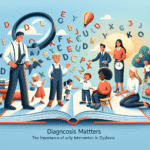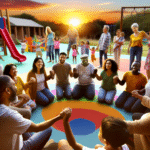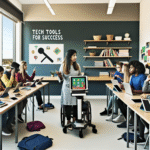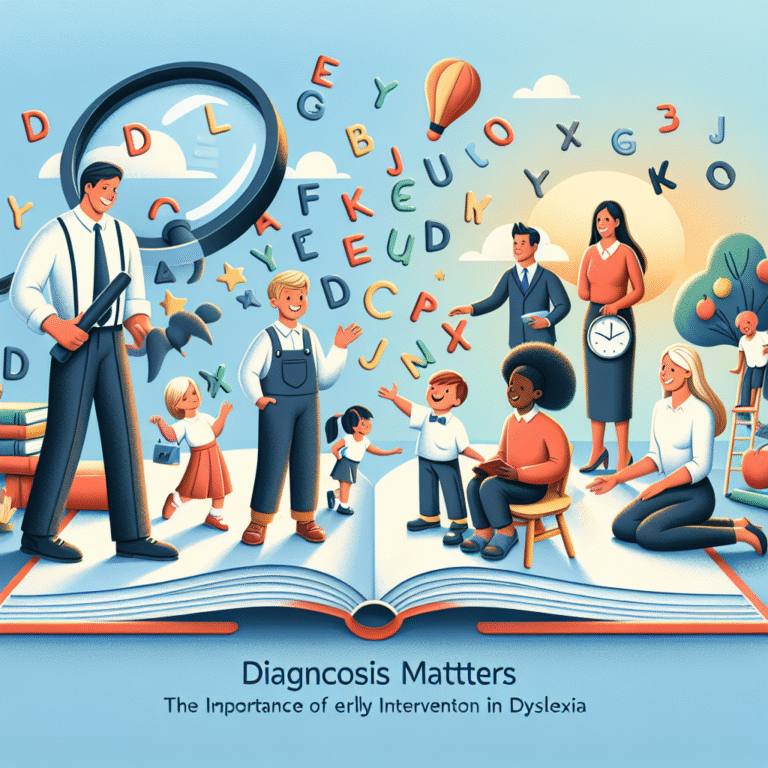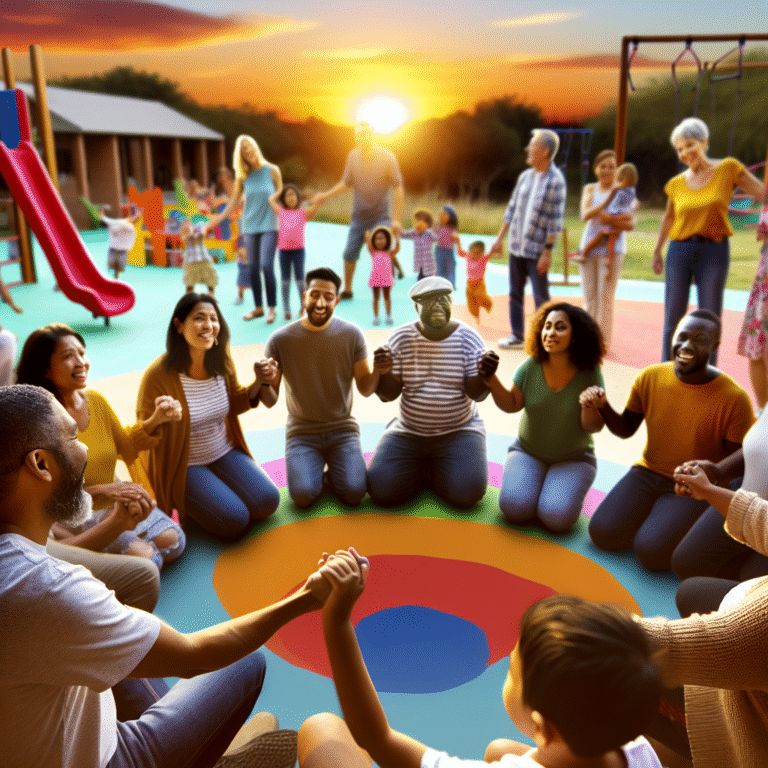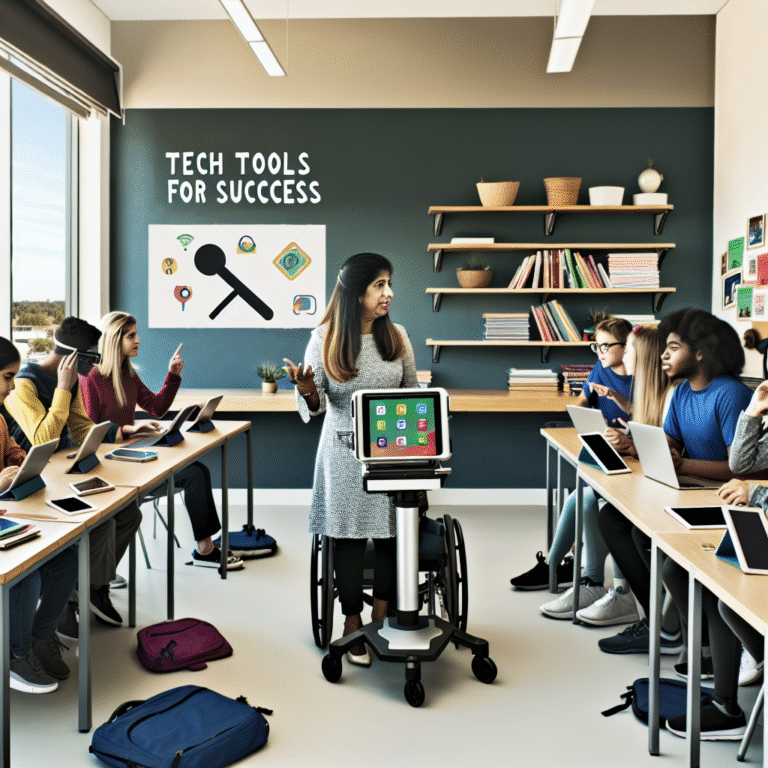
Introduction
In today’s fast-paced world, the power of perception cannot be overstated. Our beliefs and views shape not only our interactions but the very fabric of society itself. "Breaking the Mold: How Perception Shifts Can Lead to Social Change" is not just a concept—it’s a call to action. Through examining the dynamics of perception, we can identify pathways to social transformation that benefit everyone. This article delves deeply into how shifting perceptions can catalyze meaningful change, offering insight into case studies, real-world applications, and actionable takeaways that empower us to be the change-makers of our communities.
The Power of Perception
Understanding Perception
Perception is our interpretation of information gathered through our senses—what we see, hear, feel, and even smell. It shapes how we understand the world around us. When we discuss social change, we’re often confronted with existing perceptions that can either support or hinder progress. Understanding these dynamics is the first step in breaking the mold.
The Role of Social Narratives
Social narratives are the threads that weave our cultural beliefs together. Historical events, media representation, and collective experiences create a dominant narrative that influences public perception. For instance, the narrative around climate change has evolved substantially over recent decades. Initially viewed as a fringe concern, it is now recognized as a pressing global issue demanding immediate action.
Case Study: #MeToo Movement
One compelling case of perception shift is the #MeToo movement, which challenged societal norms surrounding sexual harassment and assault. Initially, many individuals—particularly women—were taught to remain silent about their experiences. However, the power of social media facilitated a drastic change in this perception. By sharing stories, survivors reshaped public discourse, emphasizing that such behaviors are unacceptable.
Analysis
The #MeToo movement demonstrates that when individuals courageously share their experiences, the prevailing narrative can shift dramatically. This case illustrates the necessity for a platform where marginalized voices can break the mold, leading to profound social change.
Mechanisms for Shifting Perceptions
Education and Awareness
Education is often the cornerstone for shifting perceptions. By fostering critical thinking and empathy, we equip individuals to question societal norms and engage with diverse perspectives.
Case Study: Racial Equality Programs in Schools
Many schools have implemented racial equality programs aimed at educating young minds about diversity and inclusion. By integrating these topics into curricula, educators create an environment where students examine their biases and learn about the injustices faced by marginalized communities.
Analysis
This initiative exemplifies how education can empower the next generation to reject outdated perceptions that have historically perpetuated discrimination. As students learn to appreciate diversity, they become more equipped to advocate for social change.
Media Influence
The media plays a critical role in shaping public perception. Films, television shows, and social media campaigns can either reinforce or challenge societal norms.
Case Study: Representation in Hollywood
In recent years, there’s been a significant push for diversity and representation in Hollywood. By introducing more inclusive storylines and characters, media can reshape how marginalized groups are perceived. Films like "Black Panther" and "Crazy Rich Asians" not only broke box office records but also served as cultural milestones showcasing the importance of representation.
Analysis
This case illustrates how media can be a catalyst for change. By challenging stereotypes and offering nuanced portrayals of diverse communities, filmmakers can alter public perception, leading to broader acceptance and understanding within society.
Grassroots Movements and Activism
Grassroots movements harness the collective power of individuals to advocate for change. These movements often emerge from a fundamental shift in public perception, highlighting local issues that resonate with broader societal values.
Case Study: Climate Action Movements
Global climate action movements, like Fridays for Future, have gained momentum through the tireless efforts of youth activists. By raising awareness and mobilizing communities, these movements have shifted perceptions regarding climate change from a distant future problem to an urgent present necessity.
Analysis
The success of these actions showcases the potential of grassroots movements to galvanize public support and alter perceptions. As awareness grows, society increasingly recognizes the collective responsibility to address climate change.
Overcoming Resistance to Change
Cognitive Dissonance
One of the barriers to perception shifts is cognitive dissonance, the mental discomfort that arises from holding conflicting beliefs. When confronted with new information, individuals may resist changing their views to avoid this discomfort.
Addressing Biases and Stereotypes
In order to break the mold, we must confront our implicit biases and stereotypes. Encouraging open dialogue and self-reflection can help individuals navigate their discomfort and embrace new perspectives.
Case Study: Diversity Training in Corporations
Many organizations now offer diversity training as a way to address biases. By creating a safe space for employees to discuss their perceptions and experiences, companies can foster inclusivity and break down stereotypes.
Analysis
Diversity training serves as a reminder that breaking the mold requires sustained effort to change underlying perceptions. These efforts contribute to creating a workplace culture that values diversity and promotes social equity.
The Ripple Effect of Perception Shifts
Community Impact
Shifts in perception often have a ripple effect, creating changes within communities that extend beyond the initial area of focus.
Case Study: The LGBTQ+ Rights Movement
The evolution of LGBTQ+ rights exemplifies the ripple effect of perception shifts. As acceptance and understanding grew, communities across the globe began to advocate for equal rights. The legalization of same-sex marriage in various countries marks a significant societal shift, influencing policies related to LGBTQ+ rights worldwide.
Analysis
This case reinforces the idea that breaking the mold in one area can lead to broader changes across diverse sectors. The recognition of human rights within one community often sets a precedent for others to follow suit.
Global Implications
Perception shifts can transcend borders, allowing ideas and practices to inspire social change on a global scale. By recognizing shared challenges, communities around the world can unite in their efforts.
Case Study: Global Health Initiatives
Global health campaigns, such as the Fight against HIV/AIDS, have reshaped perceptions surrounding health, stigma, and access to care. Collaborative efforts from governments, NGOs, and community leaders have worked to alter the narrative around these diseases, promoting understanding and support.
Analysis
These initiatives highlight the potential for global solidarity, demonstrating that when perceptions shift at an international level, we can reshape societal values and drive meaningful change.
Conclusion
Breaking the mold is not merely a transformative idea; it is a necessary pursuit in the quest for social equity. By shifting perceptions, we harness the power to challenge outdated beliefs and create an inclusive society. To foster meaningful change, individuals and communities can take actionable steps—whether through education, media representation, or grassroots activism.
Actionable Takeaways
- Educate Yourself: Actively seek out diverse perspectives to challenge your own beliefs.
- Engage in Conversations: Conversations can be powerful tools for shifting perceptions. Initiate discussions about social issues within your circles.
- Support Diverse Representation: Advocate for media that portrays diverse and accurate narratives.
- Participate in Local Movements: Join or support grassroots movements that align with your passion for social change.
We each have a role to play in this journey. By embracing the ethos of "Breaking the Mold: How Perception Shifts Can Lead to Social Change," we can inspire a future grounded in understanding and equality.
FAQs
1. What are some common barriers to changing perceptions?
Common barriers include cognitive dissonance, entrenched stereotypes, and cultural norms that resist change. Addressing these requires open dialogue and education.
2. How can individuals contribute to perception shifts?
Individuals can contribute by educating themselves, participating in conversations, and supporting initiatives that promote diversity and inclusion.
3. What role does media play in shaping perceptions?
Media significantly shapes perceptions by influencing narratives around social issues. Responsible representation can either reinforce or challenge societal norms.
4. How do grassroots movements lead to social change?
Grassroots movements bring together individuals to advocate for shared issues, often catalyzing broader awareness and action that can shift societal perceptions.
5. Why is breaking the mold essential for social progress?
Breaking the mold allows us to challenge outdated beliefs and systems, fostering an environment where equity, justice, and inclusivity can thrive.
